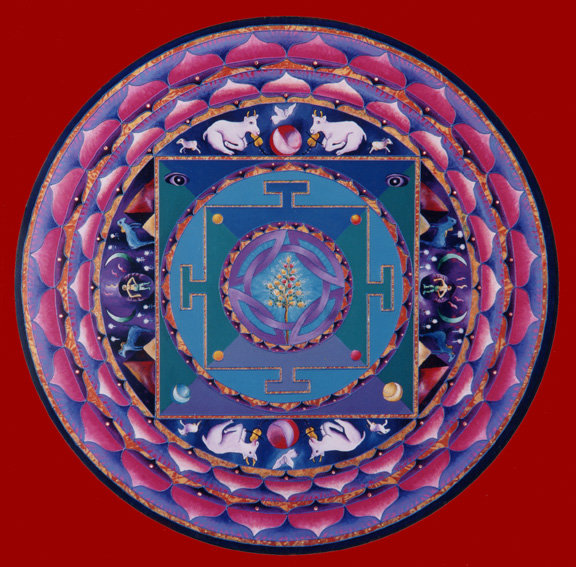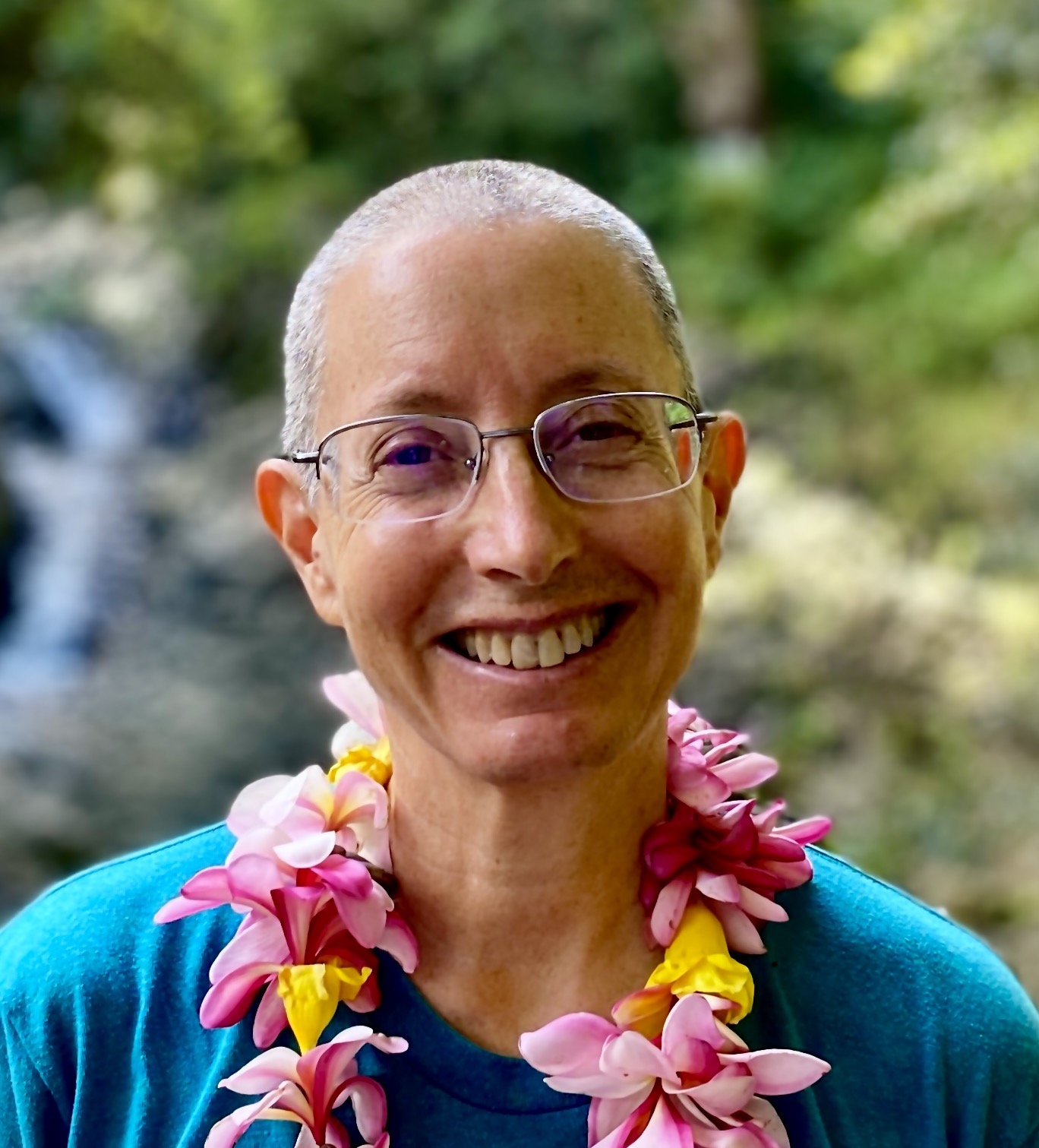Attachment Disturbance for Meditators: Part Two

Emptiness and Attachment Trauma
In addition to giving us tools to live better, healthier, more balanced lives, the Buddha instructed us that meditation is designed to end different kinds of suffering. One kind of suffering ends when we stop speech and actions that harm others. Another comes from unhelpful ways of responding to our and others thoughts and feelings. Profound freedom, one of the hallmarks of the Buddha’s teaching, comes from a radical shift in our relationship to the experience of what is going on.
There are different ways we ordinarily think of ourselves. One is how we know ourselves. Another is how we feel. A third is the ways in which we perceive time and space.
In the first instance we can be filled with pieces of information about our body, history, culture. Yet, as we undergo spiritual practice, there can be a shift from knowing to being. Instead of knowing information, our way of knowing shifts to a quality of awareness, where we are focused on our quality of being rather than what we are knowing.
When we look at how we feel, we can see that sometimes we are filled with kindness, sometimes impatience and sometimes anger. The feelings change and yet they are connected to what we perceive. As we undergo spiritual practice there can be a shift from our feelings being connected to external circumstances, to having feelings of kindness, patience, or compassion that arise independent of external circumstances.
We can see an example of this when a monk who was entered as a prisoner of war was asked if he was ever in danger. When he replied, “yes, I was in danger of losing my compassion for my captors,” he was talking about the importance of holding compassion as a central value for his captors even when they were threatening his life.
While the Buddha wasn’t able to remove the pain and challenges that come from having a body that gets old, sick and dies, he was able to put the suffering of ordinary life into perspective.
The night of the Buddha’s enlightenment, he realized the luminous conscious awareness that is beyond old age, sickness and death. He spent six weeks filled with gratitude for all the people and supportive conditions that allowed him to experience this freedom. He went on to spend the next 40 years teaching about the ethical considerations, community guidelines, concentration and wisdom that would support others realizing the freedoms that are available on the gradual and imminent path.
Understanding attachment disturbance is also important for meditators as they approach profound insights. Before first experiencing emptiness or other non-dual mind states, which is a natural gateway to states of enlightenment, where there is no sense of solidity or separateness, a meditation practitioner is expected to experience fear. [vi] Speaking from personal experience and from mentoring my students, when attachment disturbances are present, the fear as one approaches emptiness activates the abandonment fear. This fear can to turn into terror.
Instead of this fear being something that one moves through as the solid sense of identity shifts, it activates a trauma response. Trauma has to be managed. It causes the person to back off from the perceived threat. When the terror doesn’t become a manageable fear that can be moved through, it becomes an obstacle to accessing or stabilizing the experience of emptiness, or other non-dual mind states. If one has had experiences of emptiness, and the attachment disturbance remains, then the access is often intermittent. This can cause either a doubt in the teachings or further doubt in one’s ability to realize them.
As attachment repair progresses, two significant results become possible. One is that the impact of living in a chronic state of fear and distrust is reduced. This has corresponding physiological, relational and mental health impacts. Another is that a significant obstacle that prevents the access and/or stabilization of non-dual meditation insights is removed.
Our attachment patterns have a lot to do with our basic beliefs in ourselves and the world around us. John Bowlby called this the “Internal Working Model.” As we have more and more experiences of getting what we need, even when this comes from our imagination, our attachment pattern starts to shift. With it our beliefs in ourselves and the world and the patterns of how our nervous system responds can all shift.
One significant consequence of attachment repair is that it gives us more capacity to release trauma out of our system. The significance for meditators is that with attachment repair, the fear that naturally arises as we start to have more direct experience of emptiness, is less likely to trigger a trauma response. Without a trauma response, we don’t have to back away from the experience. Instead, we can move through the fear. Moving through the fear that precedes emptiness, allows more access to emptiness. More access stabilizes the experience of emptiness. When we dont’ have to back away to manage the trauma response, we have removed a significant obstacle for accessing and stabilizing liberating insights that come from the direct experience of emptiness.
The direct experience of emptiness brings a radical change of perspective. With it new levels of joy and freedom are possible.
Equally importantly, when we do get triggered, which for most of us will continue, we have more capacity to see what happened and bring what’s needed to restore balance. Our resilience to navigate the changeable circumstances of life increases.
If more information about attachment repair interests you, please visit our Integrated Meditation page to learn more about the healing work that Awakening Truth is offering.
[i] Satipatthana Sutta Majjhima Nikkaya 10
[ii] Good enough parent is a concept deriving from the work of D. W. Winnicott
[iii] Dr. Ed Tronick notes that typically, a parent and their infant are in sync only around 20 to 30% of the time Attachment Theory David Belford, LISW, IMH-E July 2011
[iv] Nurturing resilience: Helping clients move forward with developmental trauma by Stephen Terrel and Kathy Kain
[v] Attachment Disturbances in Adults: Treatment for Comprehensive Repair By:Daniel P. Brown, David S. Elliott
[vi] The Progress of Insight (Visuddhiñana-katha) by The Venerable Mahasi Sayadaw https://www.accesstoinsight.org/lib/authors/mahasi/progress.html
Awakening Truth Newsletter!







